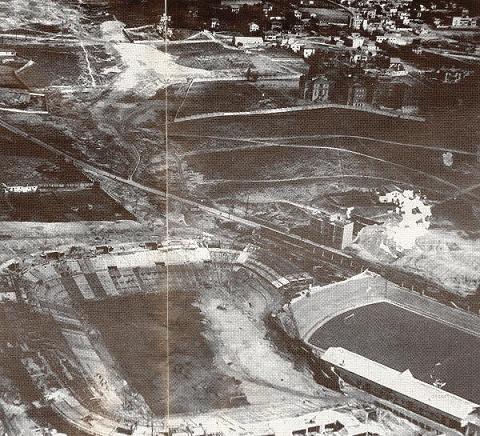Many movies use New York to portray movies because of the many famous landmarks and cultural background city. For example, Batman and Spider-Man, both blockbuster hero movies, take place in New York with different names for the cities. Both of these movies bring about the nature of criminals and drug dealers that roam the streets causing danger. But not only is New York a common setting for movies similar to Batman and Spider-Man, it is also widely used for apocalyptic movies. I Am Legend, a movie about how a cancer treatment turns humans into flesh eating zombies, uses New York to change the theme of the movie and shows the iconic buildings that surround Time Square, looking archaic and destroyed.

~This is a photo of the Flatiron building from the movie I Am Legend.
http://onthesetofnewyork.com/iamlegend.html
When planning out cities or urban areas, they are designed using key locations or areas using nodes and paths. A node is purposely built to bring attention using attractions or iconic symbols. A path is then used to most likely lead to the node. Real Madrid, the most famous soccer team in Spain, plays in the Santiago Bernabeu Stadium. The stadium is surrounded by shops and attraction. When planning out the city, builders used the stadium as a central idea of the area and uses the shops and attractions as a path to the node, which is the stadium.

~This is a photo of the stadium being built.
http://elcentrocampista.com/wp-content/uploads/2011/09/Real-Madrid010408b.jpg